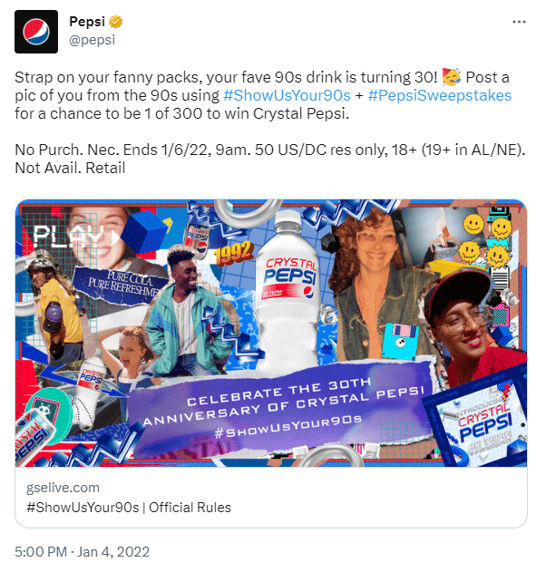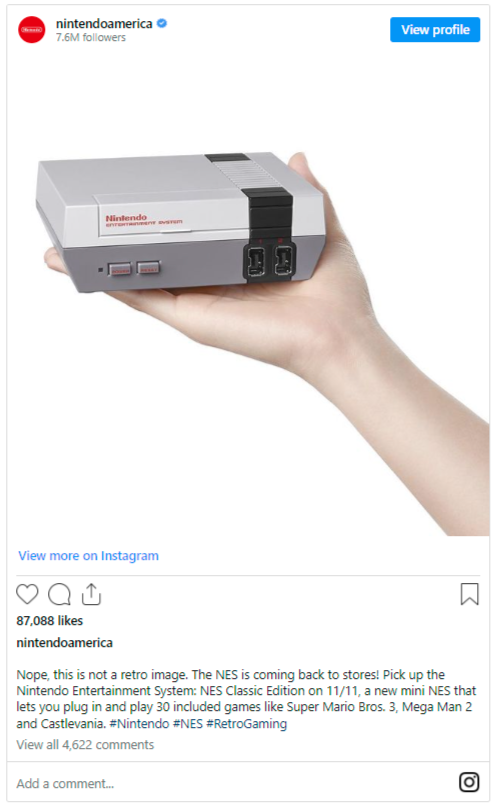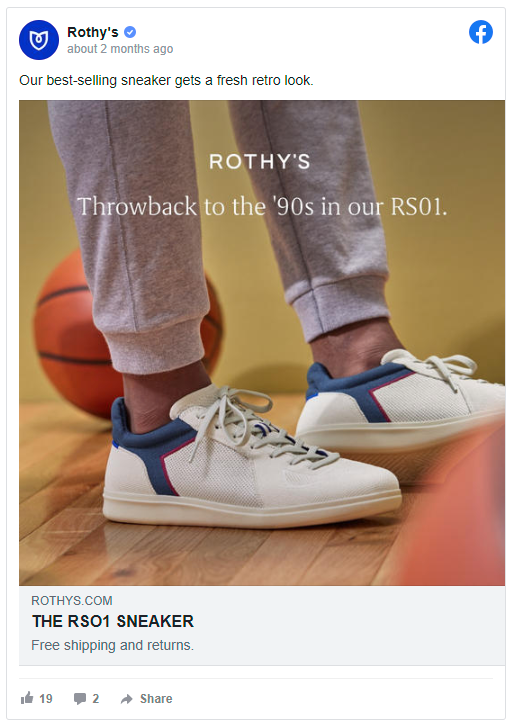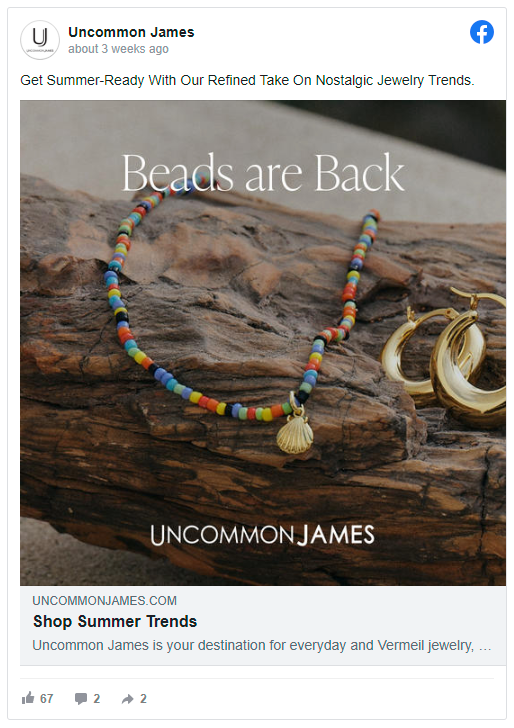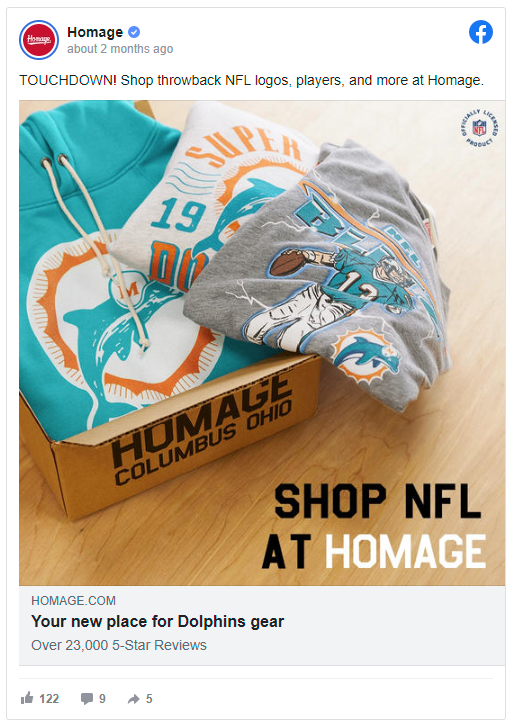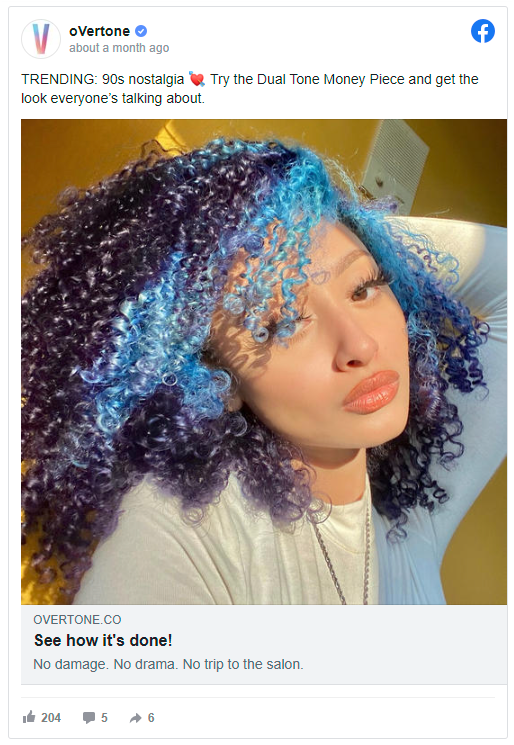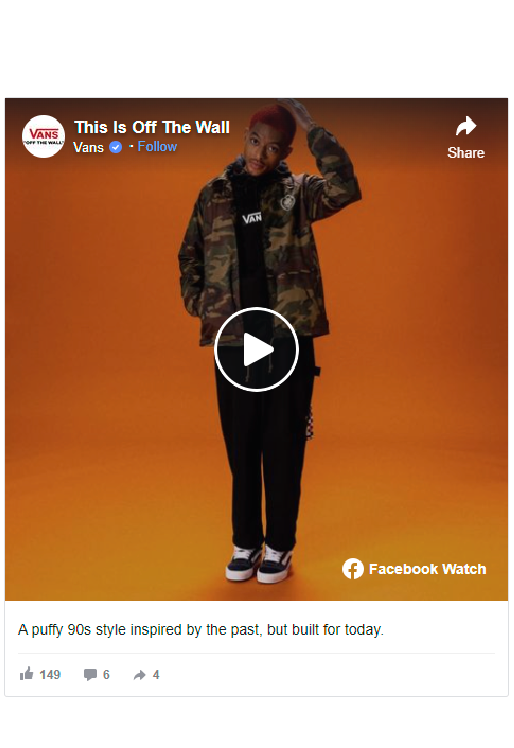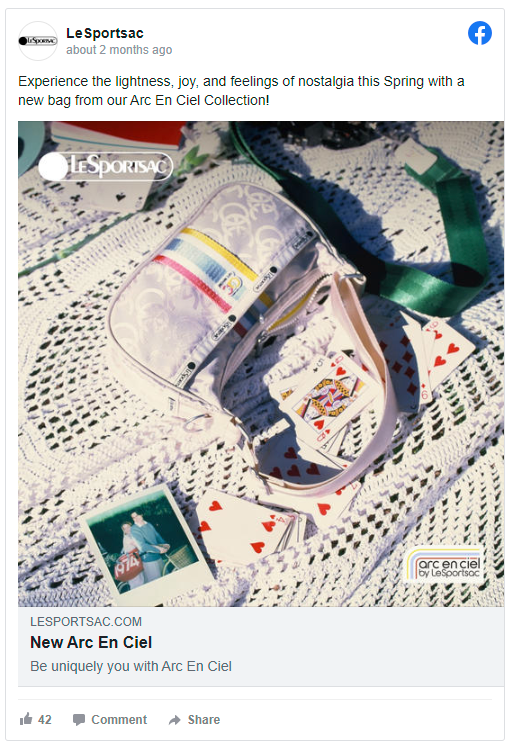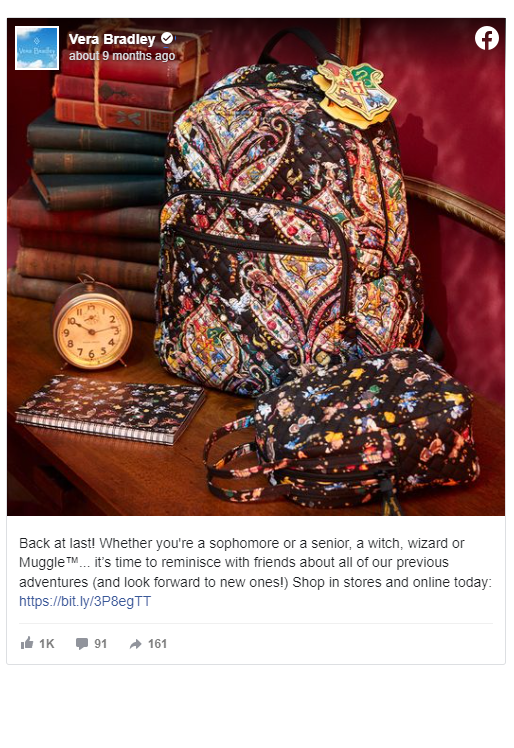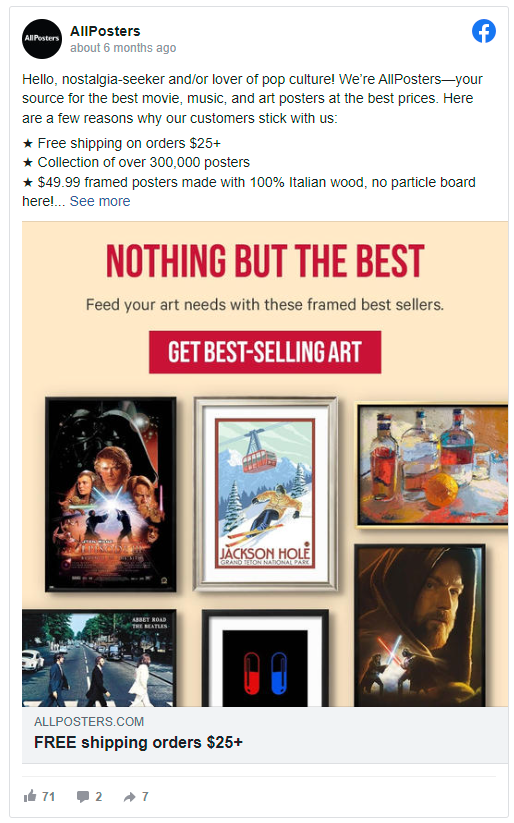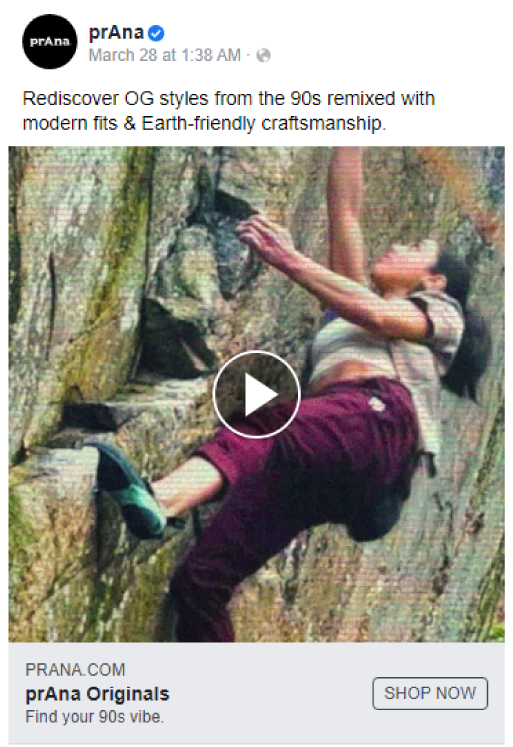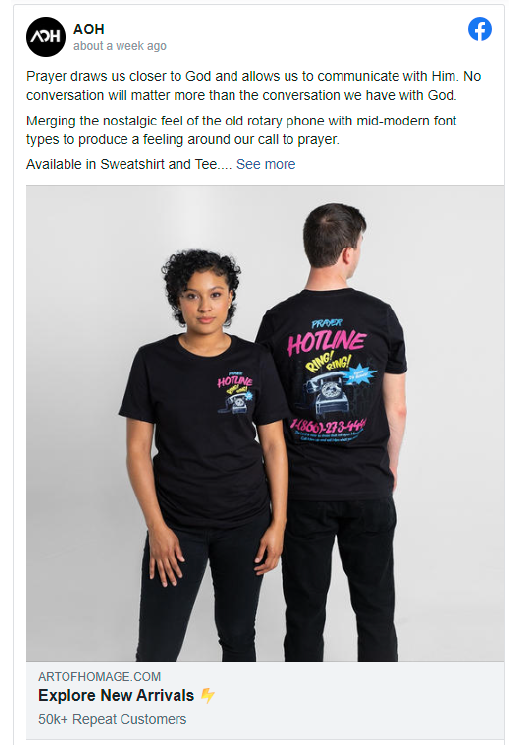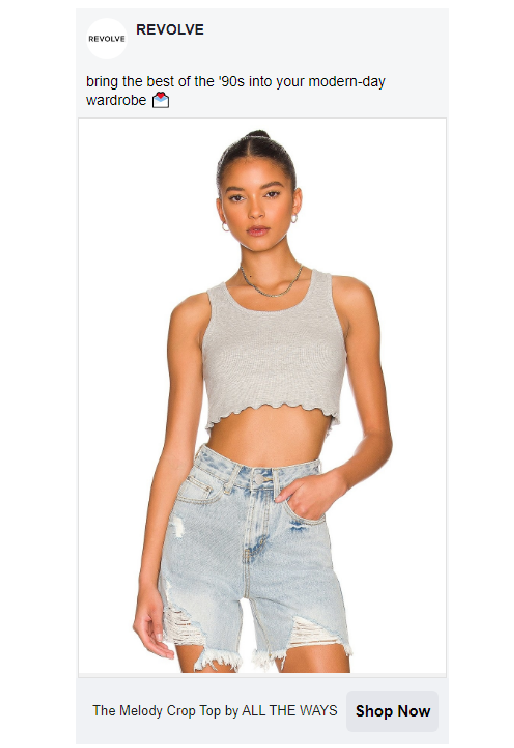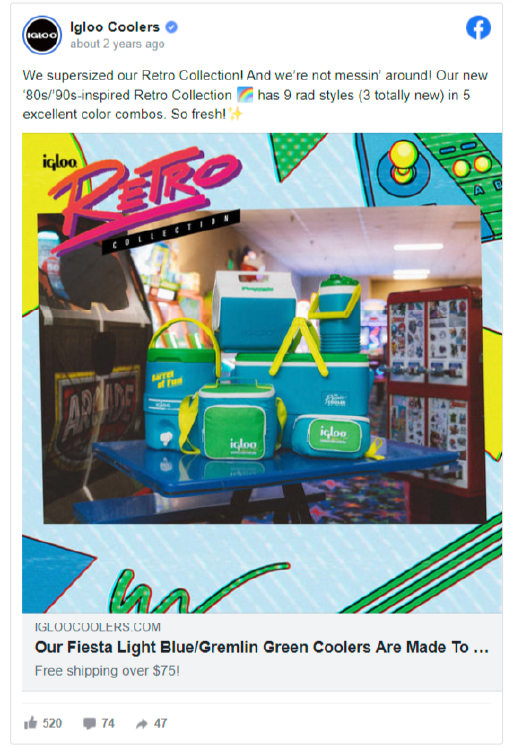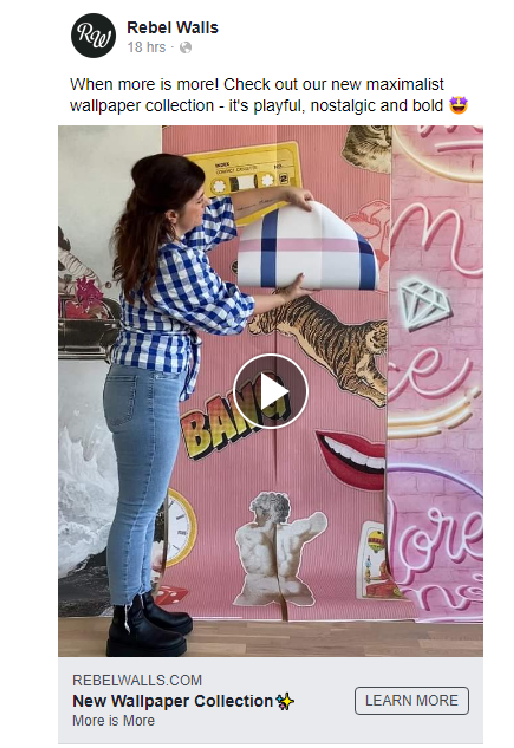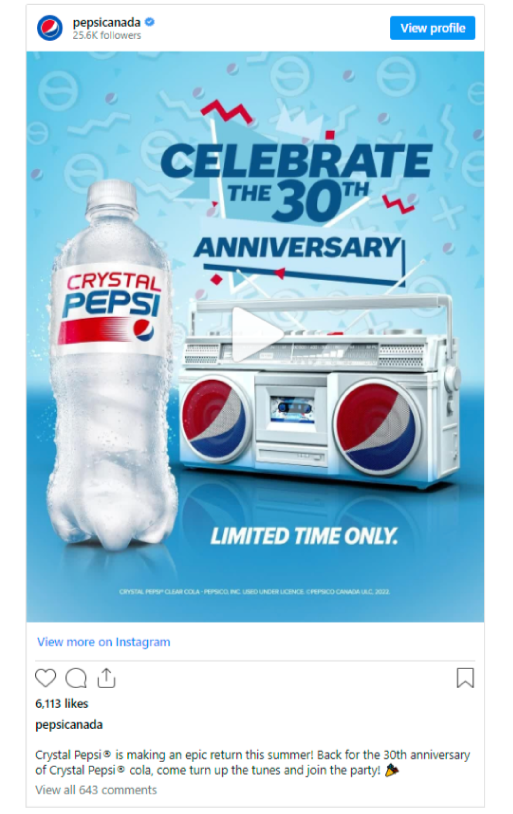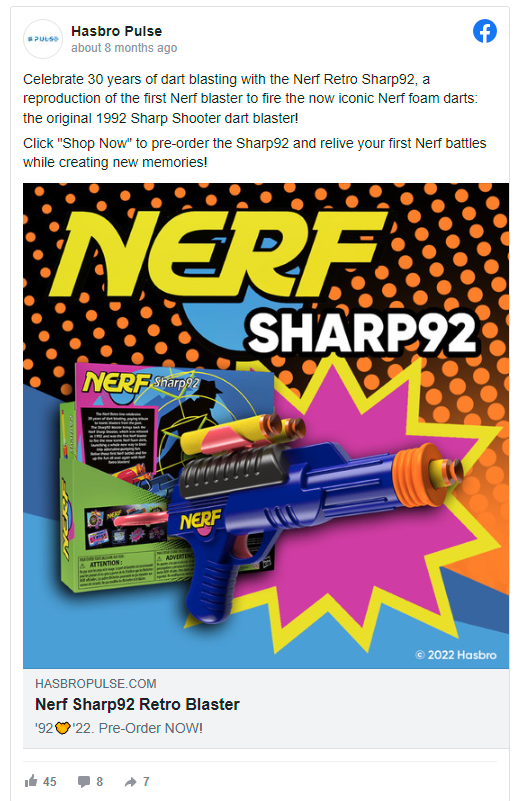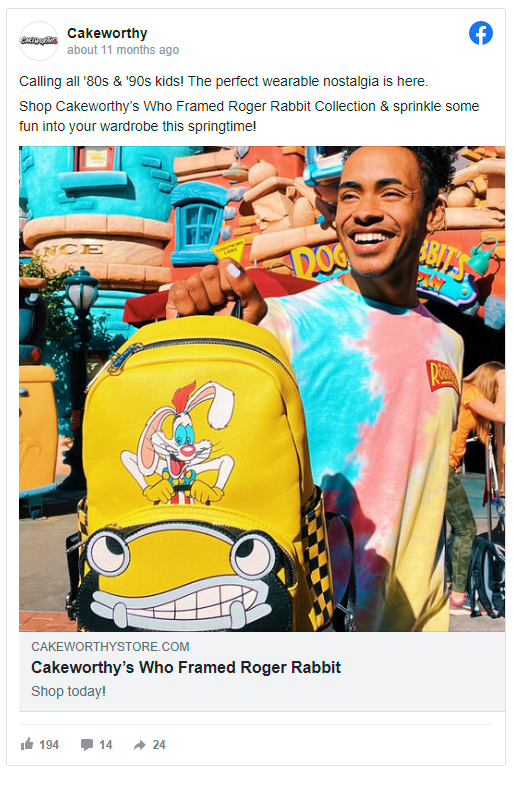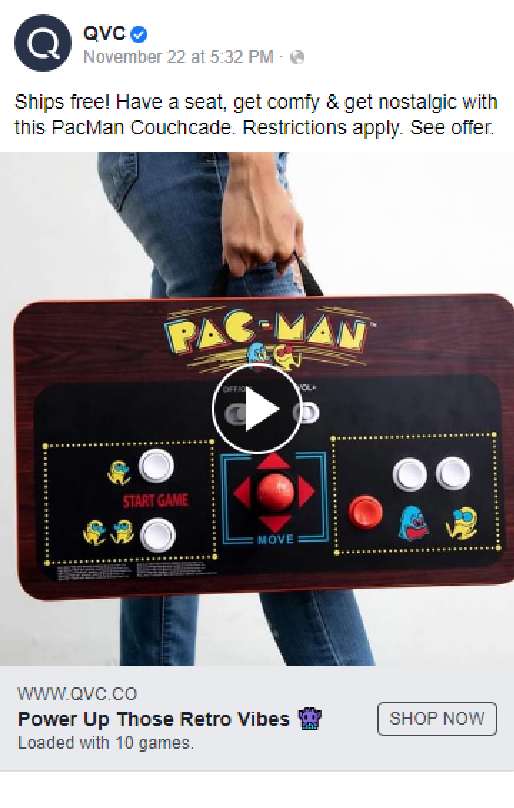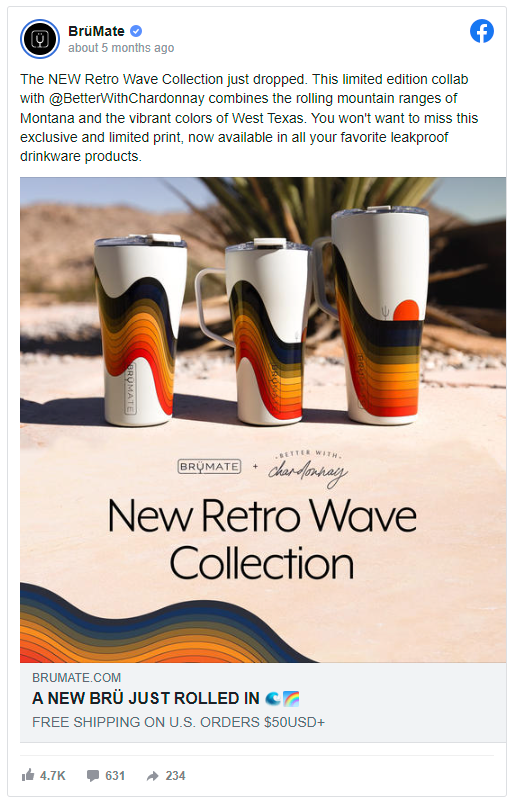
Nostalgia Marketing
In the world of social media advertising, nostalgia is a powerful tool. Brands often tap into consumers' longing for simpler times and the comforts of the past. This strategy creates an emotional connection with their products.
Nostalgia advertising - what is it?
Nostalgia advertising is a marketing strategy that seeks to evoke positive emotions from consumers by tapping into their memories. Brands use this technique to create a sense of comfort, building a connection with their target audience through nostalgia.
Nostalgia advertising can be particularly effective for targeting 90s kids, who often have a strong connection with trends of that decade. By using marketing strategies that evoke memories of the 90s, companies can tap into the nostalgia of this demographic.
Through the use of iconic imagery, music, and even retro video games, brands can effectively transport 90s kids down memory lane. If you're interested in learning more about Nostalgia Marketing, be sure to read this guide.
Iconic nostalgia advertising examples
Coca Cola
Coca-Cola has a rich history of using nostalgia marketing in their advertising campaigns. Their holiday campaigns often feature classic Christmas imagery and evoke feelings of warmth, togetherness, and joy. These campaigns have become a beloved part of the holiday season.
Crystal Pepsi by Pepsi
During the 90s, Pepsi introduced Crystal Pepsi, a version of its top-selling soda that was free of caffeine and preservatives. Although it was eventually discontinued, the brand brought it back briefly in 2016 as a limited edition product. This was a very successful nostalgia marketing campaign, with many consumers eagerly purchasing the limited-edition soda to relive their fond memories of the 90s.
In 2022, to commemorate the 30th anniversary of Crystal Pepsi, Pepsi once again revived its beloved beverage. As part of the celebration, the company launched an exclusive contest, offering fans the chance to win the limited-edition drink.
Nintendo Classic Mini by Nintendo
Nostalgia marketing is a tactic that Nintendo frequently uses to appeal to its existing fans. One prime example of this is the release of the Nintendo Entertainment System (NES) Classic Mini in 2016. The miniature replica console was modeled after Nintendo's first gaming console and offered fans a chance to relive their childhood memories. The NES Classic Mini was a hit, selling out quickly and driving up demand for Nintendo's newer consoles.
Adobe's Photoshop Sketch campaign
Adobe was able to create an authentic campaign that drove interest in their product, by embracing the nostalgia surrounding a beloved '80s painting guru.
Bob Ross became popular in the 80s and 90s with his painting show, The Joy of Painting. In 2016, he experienced a resurgence in popularity thanks to Netflix adding his show to their lineup.
Adobe took notice and decide to create a series of tutorial videos showcasing their new product - Adobe Photoshop Sketch. They featured a Bob Ross lookalike in a series of tutorial videos to promote the application. Adobe worked with Bob Ross Inc. to ensure that every detail was accurate, including the brand of clothing worn.
Nostalgia social media advertising ideas: +38 brand examples
In the world of marketing, nostalgia advertising has proven to be an effective way for brands to connect with their audience. By tapping into feelings of familiarity and fond memories, companies can create a sense of comfort and connection with their consumers. From classic 90s nostalgia to comfort food favorites, nostalgia marketing strategies have been used to great effect by many companies. In this section, we'll take a look at ads that have successfully taken their audience down memory lane with their marketing work.
The classic throwback
Referencing a "throwback" in your advertising is an effective way to connect with customers through nostalgia. By highlighting a popular trend or item from a previous decade, you can trigger happy memories and emotions in your audience.
Reviving the 80s and 90s
The 80s and 90s are particularly popular decades for nostalgia marketing. By referencing iconic items or trends from these decades, you can tap into your customers' shared memories and experiences.
Leveraging the power of nostalgic words
Using nostalgic words can make it clear to your audience that you are intentionally evoking memories associated with their past. This can be particularly effective when promoting products or services that have a history or tradition.
Some ideas can include "memories", "reminisce", "childhood", "nostalgia", and "remember", "retro", "vintage", "throwback", and "comeback", among others.
Mixing old and new
By mixing old and new elements, you can create a sense of nostalgia while still presenting your brand as fresh and modern.
Using retro-style graphics or older elements
Using retro visuals, such as vintage graphics or older elements (such as an old phone), can evoke a sense of nostalgia in your audience.
Bringing back a classic product for a limited time
Bringing back a limited edition of a popular product from the past is a great way to capitalize on nostalgia marketing. This creates a sense of exclusivity and rarity, while also tapping into customers' fond memories of a beloved item.
Celebrating your brand milestones
Celebrating important milestones in your brand's history can also be an effective way to evoke nostalgia in your audience. By sharing interesting facts or stories from the past, you can create a sense of nostalgia and connection with your customers.
Collaborate with classical nostalgic brands
By collaborating with popular brands that have a strong association with the past, you can instantly tap into your customer's memories.
Adding vintage filters to images
Using vintage filters on photos or videos can create a sense of nostalgia and familiarity. By adding a filter that evokes a certain decade or era, you can trigger happy memories and emotions in your audience.
Creating a special nostalgic collection
Creating a special nostalgic collection can be a great way to incorporate Nostalgia Marketing. Integrating retro designs or classic color schemes can be an easy way to create a special nostalgic collection.
Transporting your customers to their childhood/teenage years
Referring to your customers' childhood or teen years in your advertising can create a sense of personal connection and nostalgia. By referencing popular trends or items from a specific time period, you can tap into your customers' unique memories and experiences.
Do's and Don's of Nostalgia Advertising
DOs |
DON'Ts: |
| ✔️ DO know who your audience is, so you can use nostalgia that resonates with them. For example, if your audience is primarily 90s kids, focus on nostalgia from the 90s. ✔️DO use social media listening to understand what your customers miss. You can even ask them directly and invite your community in for ideas. ✔️DO use nostalgia to highlight the positive aspects of the past. This can create a sense of comfort and familiarity for your audience. ✔️DO use nostalgia in a way that fits your brand's image and messaging. This can help to maintain consistency across your marketing efforts. ✔️DO experiment with new and creative ways to use nostalgia in your advertising. This can help to keep your content fresh and engaging. |
❌ DON'T use nostalgia in a way that feels forced. If your brand is very young, the nostalgic approach may seem inauthentic. ❌DON'T rely solely on nostalgia to sell your product or service. Make sure your advertising is also highlighting the features and benefits of what you're offering. ❌DON'T use nostalgia that is too specific or niche. This can alienate those who don't share the same memories or experiences. ❌DON'T overuse nostalgia in your advertising. This can lead to audience fatigue and make your brand seem out of touch with the present. ❌DON'T use nostalgia to glorify problematic or offensive aspects of the past. This can create a backlash and damage your brand's reputation. |
